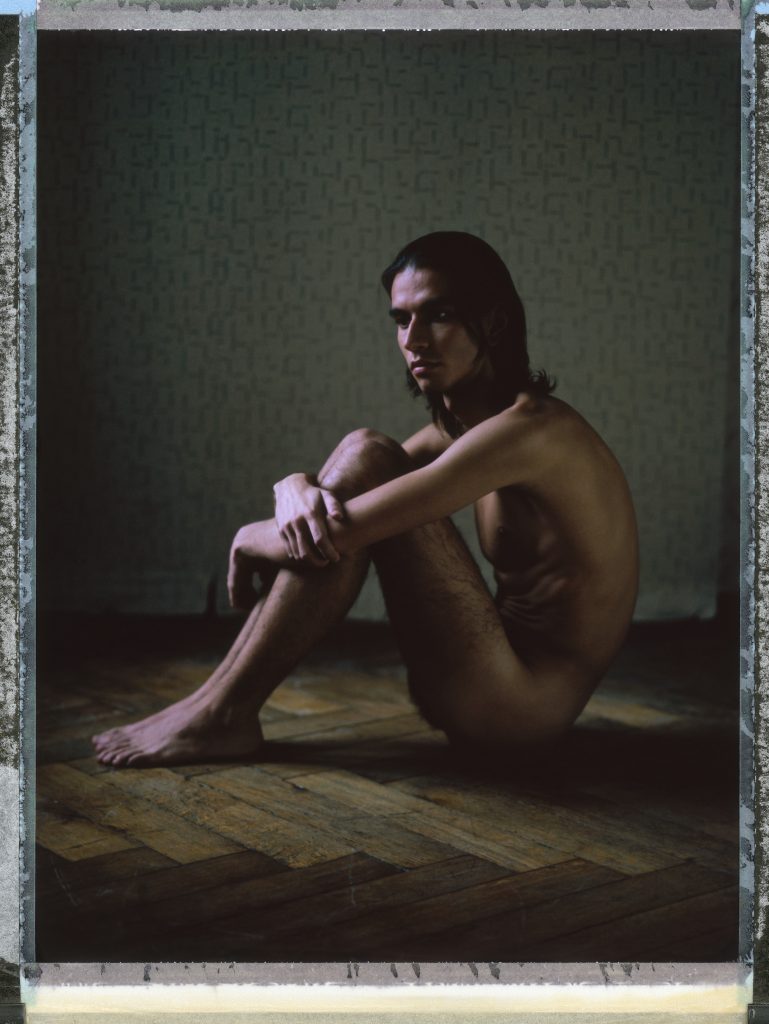by Naima Miriam Savioli
_
“Seventy-two are the countries in the world that have laws against the sexual activity of lesbian, gay, bisexual, transgender or intersex people in their penal code. 72 are the countries where people who love each other are forced to do it secretly. Laws vary – from the intention to commit an indecent act to the right to freedom of expression of sexuality and gender identity – but the brutality of punishment is the same in all these countries and includes fines, incarceration, torture and, in some cases, death.
However, discrimination and hatred are not confined only to those countries. Across the world, violence and prejudice against the LGBTQI+ community is rampant, affecting the freedom of those who wish to live their life openly. ”
These lines open the presentation of Where Love is Illegal, a work born as a photographic project by Robin Hammond and which has become a non-profit organization over the years. Through social awareness campaigns, exhibitions and events, Witness Change connects photography and journalism with the support of lawyers and legal experts with the aim of transforming opinions and changing policies and regulations.

Over time, Robin Hammond’s work has become inseparable from the work of Witness Change, not only for the construction of consciousness and awareness around the theme, but also from an aesthetic-formal point of view. The posed, thought-out photography created with the subjects portrayed intersects with the immediate, instinctive one of the selfies. The photographic story has thus become global, horizontal, transversal.
Hammond approaches his subjects delicately, slowly. The shooting process is slow, it is made through debate with the people portrayed. The subjects decide how to pose, where, with what, with whom; they accompany photography with their own story.
Photography becomes the evidence of a temporal space, of a physical space, where freedom of being is the foundation. The subjects pose in front of a view camera, Hammond becomes the messenger of that space capturing it in a single shot. Slowness then becomes a moment in time imprinted on a Polaroid.
Slowness and immediacy intersect as the posed portraits do with the rest of the photographs that make up the body of images of Where Love is Illegal: selfies, self-portraits of all those who share their stories from all over the world. Images that tell thousands of shades of that non-acceptance of an “unconventional love”. Selfies where physical space, temporal space and freedom of being return. Sometimes they are reports, testimonies of violent acts, sometimes they capture a hug, sometimes they look us straight in the eye.
The two photographic languages are perfectly intertwined, they are organic and it is not always clear when it is a Polaroid shot by Hammond and when a selfie. Here lies the strength of this long project: diversity becomes compact and at the same time multifaceted, by being simultaneously in every corner of the world.

It hurts to think that in 2020 it is still necessary to deal with these issues, still have to report acts and violence against LGBTQI+ people; yet it is done with respect and giving voice to all those who want to tell their stories.
It is not just a photographic project, but rather the demonstration that change starts from the will of each individual, that sharing is a very powerful weapon.
Like drops that form an ocean, here individuals come together as one voice, precious and fruitful testimony of a possible change.
To see more stories:
Ig: https://www.instagram.com/whereloveisillegal/?hl=en
Website: https://witnesschange.org/where-love-is-illegal/
Where Love Is Illegal was presented for the first time in Italy at ULTRA, a photography event curated by Sedici and focused on contemporary issues. The exhibition took place in Prato (Corte Genova, 17) from July 19th to July 28th, 2019.
All images: © Robin Hammond/ Witness Change
July 9, 2020




